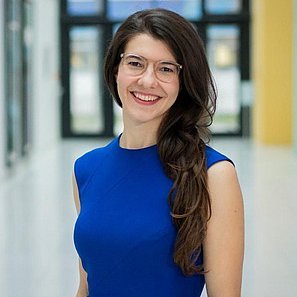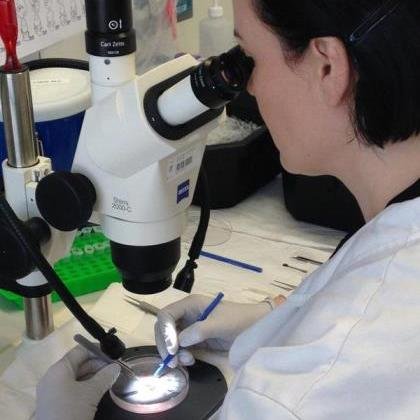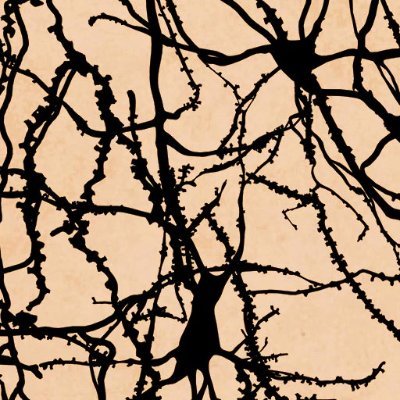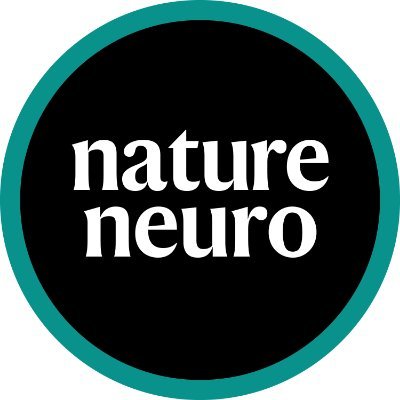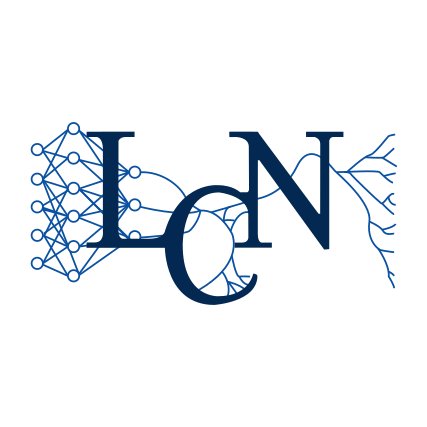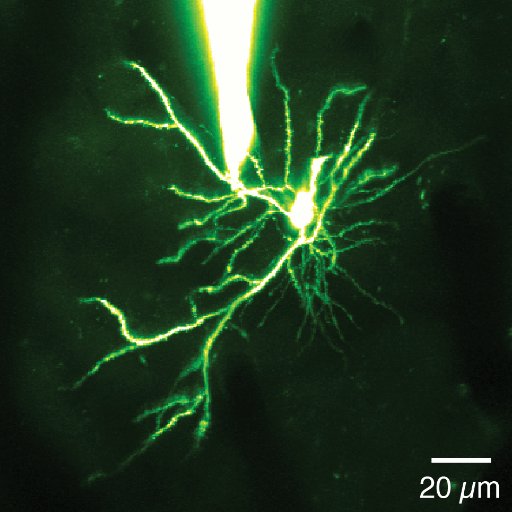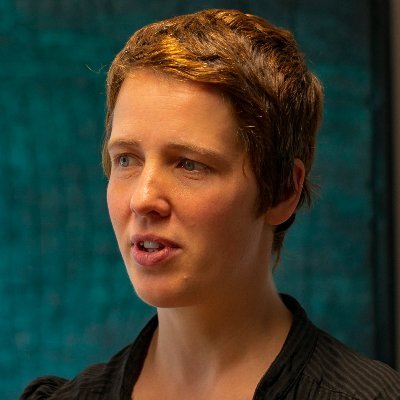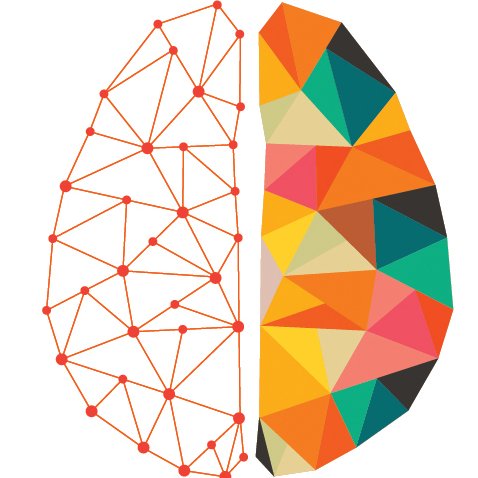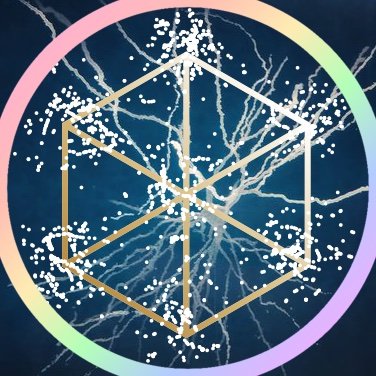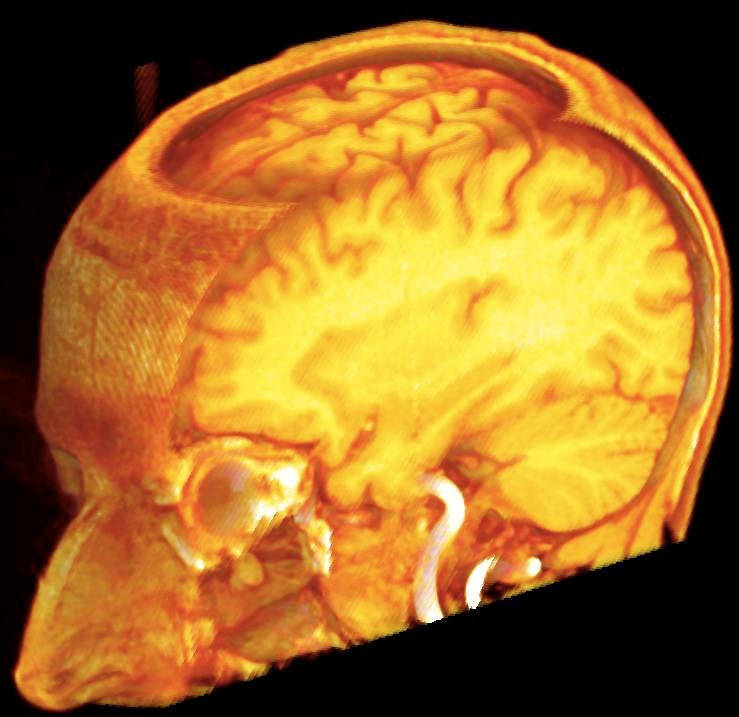
Comp Neuro Berlin
@CompNeuroLab
Understanding neurophysiology, computation and their evolutionary optimization with mathematical models.
You might like
Good old electrophysiology still has tricks up its sleeve. We teamed up with the Vida lab to extend the dynamic clamp from artificial conductances to artificial capacitance in biological neurons. Read about the capacitance clamp and why you should study C: elifesciences.org/articles/75517

🪰 How to flap one's wings? 🌟 Our new paper with the Duch lab shows that the right combination of action-potential type and electrical coupling enables the desynchronised neural network activity that stabilises Drosophila flight. @silvanhuerkey nature.com/articles/s4158…
nature.com
Gap junctions desynchronize a neural circuit to stabilize insect flight
Nature - In the Drosophila central-pattern-generating neural network, a mechanism for network desynchronization relying on weak electrical synapses and specific excitability dynamics of the coupled...
Wie erzeugen Millionen von Nervenzellen unsere Gedanken? Einblicke in aktuelle Hirnforschung geben drei spannende Sprecher:innen am 11.09. in der @bbaw_de in Kooperation mit @BernsteinNeuro und @BMBF_Bund. Kostenlose Anmeldung für die Veranstaltung unter bbaw.de/veranstaltunge…
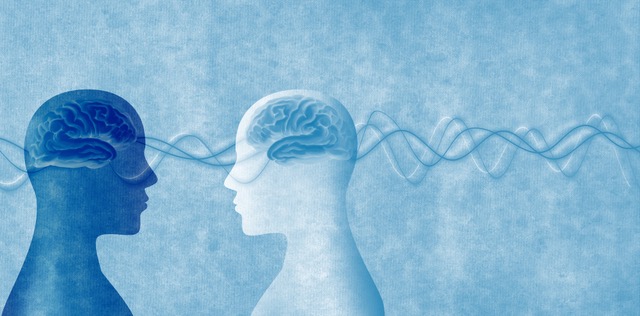
Three dynamic classes of APs in regularly firing cells are known. Using temperature to switch spiking, our results suggest the neglected third type, homoclinic spiking with its intriguing coding and synchronisation properties, is relevant in the brain. nature.com/articles/s4146…

From schizophrenia to epilepsy, what can mathematical modeling teach us about neurological disorders? Tomorrow 16:20 GMT+2 at the #ICMNS session "Dynamical systems for neurological disorders" organized by Louisiane Lemaire from our lab and @cgAlexandersen danieleavitabile.com/icmns2022digit…
This Friday Fabian @DiesPallas will present our work on understanding trade-offs in neural optimization using Pareto Theory at the #FENS satellite symposium "Understanding Neural CircuitEvolution" (@SPP2205). Also check out the corresponding paper doi.org/10.1016/j.conb…

Zebra finches take turns to avoid tweeting at the same time. @LabVallentin & the Schreiber lab described the underlying neuronal circuit. It’s based in a brain area called HVC, integrates auditory inputs & precisely times vocal output: pnas.org/doi/10.1073/pn… 🖌️ by Matt Zaharchuk

United States Trends
- 1. Marshawn Kneeland 17.2K posts
- 2. Nancy Pelosi 21.5K posts
- 3. #MichaelMovie 29.9K posts
- 4. ESPN Bet 2,176 posts
- 5. #영원한_넘버원캡틴쭝_생일 23.4K posts
- 6. #NO1ShinesLikeHongjoong 23.6K posts
- 7. Gremlins 3 2,564 posts
- 8. Jaafar 9,067 posts
- 9. Good Thursday 35.5K posts
- 10. Chimecho 4,670 posts
- 11. #thursdayvibes 2,855 posts
- 12. Madam Speaker N/A
- 13. Joe Dante N/A
- 14. Baxcalibur 3,248 posts
- 15. #LosdeSiemprePorelNO N/A
- 16. Happy Friday Eve N/A
- 17. Penn 9,408 posts
- 18. Votar No 27.8K posts
- 19. Chris Columbus 2,272 posts
- 20. Barstool 1,611 posts
You might like
-
 Agostina Palmigiano
Agostina Palmigiano
@APalmigiano -
 Bernstein Network Computational Neuroscience
Bernstein Network Computational Neuroscience
@BernsteinNeuro -
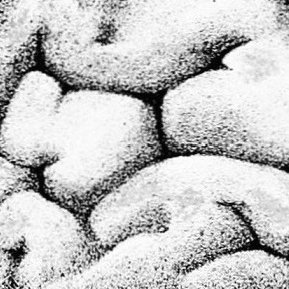 Richard Naud
Richard Naud
@NeuroNaud -
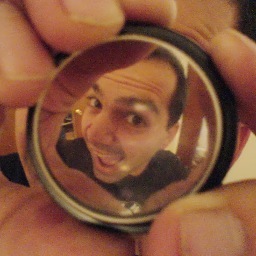 Tim Vogels
Tim Vogels
@TPVogels -
 Rui Ponte Costa
Rui Ponte Costa
@somnirons -
 @[email protected]
@[email protected]
@gkochocker -
 Katrin Franke
Katrin Franke
@kfrankelab -
 Uri Cohen, PhD
Uri Cohen, PhD
@UriCohen42 -
 Laureline Logiaco
Laureline Logiaco
@LLogiaco -
 Jorge Mejias
Jorge Mejias
@jorgefmejias -
 Robert Rosenbaum
Robert Rosenbaum
@RobertRosenba14
Something went wrong.
Something went wrong.




























